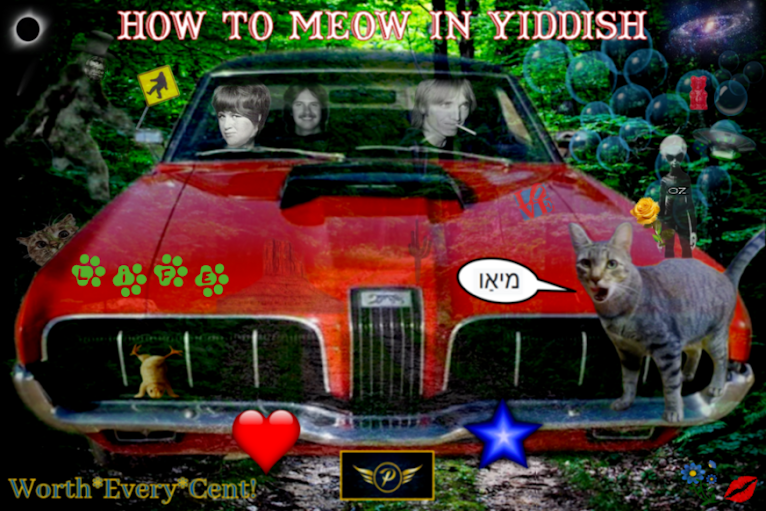Legrande
Once upon a time, some time
before our time, but not too many decades ago, there was a small western town.
The view from way back here is sepia toned. One sees a
rough high mountain range beginning several hills and valleys away from the
little town. It seems to be a summer or
late spring. The few trees are all
covered in leaves. The trees appear to be rooted near a quiet little river with
high banks. It would be a good camping place for nomadic native travelers to
stay down and out of sight in.
There are some cattle scattered over the near landscape.
Turning the dial, so to speak, we can travel deeper into
the view. There is one main street. No
street lights. The street is not paved.
It is dusty and dry. No one has planted flowers in boxes or pots in this
town. Watering them would be impossible.
Just like in any western movie, there are wooden buildings,
some with the false fronts so beloved in the old west. It seems to be deserted
in the noonday heat.
There is a Methodist church, a grocery, a doctor’s office, the
town hall, a post office, a saloon/café with two rooms upstairs for the rare traveler, and a dry goods shop attached to the feed store. There is a small school building near the edge of the tiny business district. Further down the one main street are several
houses. Some very humble indeed, some average for the time and place and one rather
more grand one where perhaps the mayor or the owner of the several businesses lives.
There are flowers in pots on the front porch of this house. Geraniums, I'd say.
Turn the dial a bit more and the sepia resolves into dry
pale color. None of these wooden structures wear any paint. No, I am
wrong. The Methodist church is painted
white, like it would be, of course. The sky is a washed blue and the trees show
their faithful light green. We are at street level now. A dog searches along
the street on some mysterious canine mission. A chicken flies up out of his
reach. The dog is black of some retriever type and the chicken is brick red.
It's very quiet today in Legrande. Slight wind noise. There are more chickens somewhere near. The wind carries their fussing to our ears. A dog barks. A door slams. Children's giggles and yells come from behind the school.
We take a stroll down the dusty road. So far, no human soul
is visible. Laundry hung out to dry behind houses flaps slowly in the breeze, as evidence for human habitation.
At last, there is a sighting. Pausing before a small house
behind a tiny fence, something catches the eye. If we just casually remain where
we are, hands in pockets, hat pulled low over the eyes, we can see Cordelia Monson
in her rented backyard pacing to and back. There is nervous energy in her
steps.
It becomes apparent that we are visiting 1910
approximately. For Cordelia wears an ankle length dark skirt of a simple flared
shape, and a white long-sleeved blouse with a collar up to her chin in spite of
the warmth of the day. Her hair is up in
the stylish pompadour manner of the day. She wears thin leather button up boots.
She seems as if she might be in her mid-twenties, and she lives alone here in
this tiny house. We may assume its tidiness
and paucity of belongings. She will have a narrow bed, included with the house. Her clothing will be in the bedroom, a few bits of furniture in the main room. She will own some
kitchen gear. There will be a wood stove,
as that is all anyone has. She possesses a Bible, some writing supplies and this and that, grooming items such as a young lady of her class would own.
The truth of the matter is that Cordelia is a kind of
escapee. She was not born or raised in Legrande. It is her refuge.



.jpg)
%20(1).jpg)
.jpg)

.jpg)

.jpg)




No comments:
Post a Comment